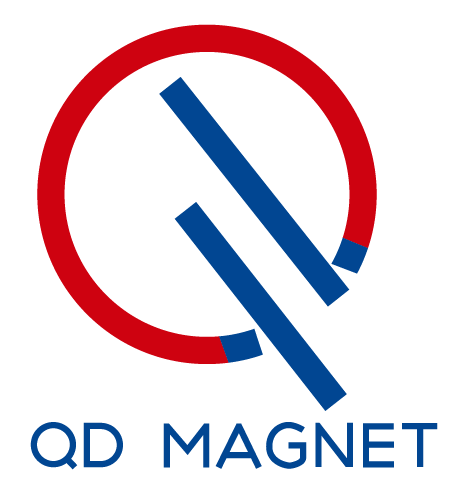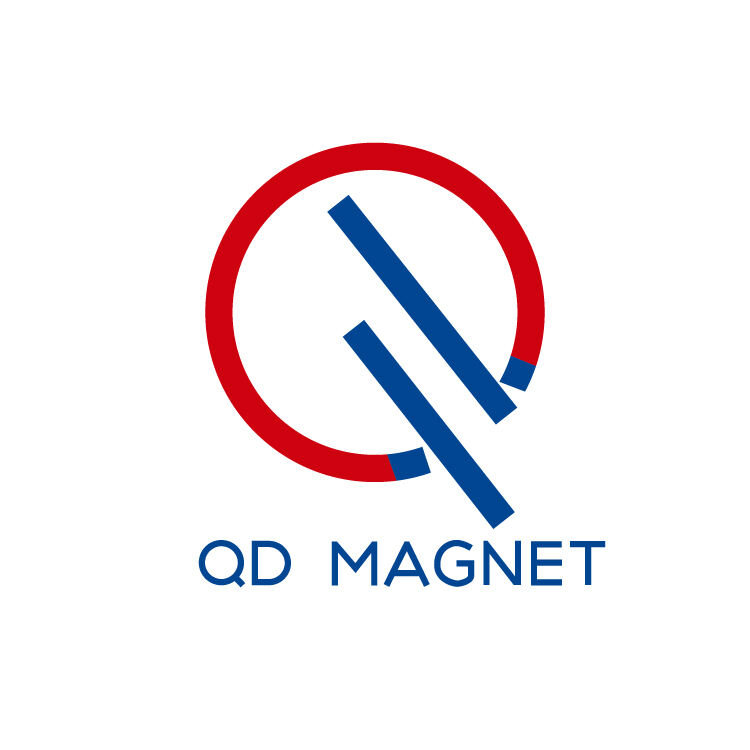The journey of MagSafe technology began with Apple's MacBook line, where it was first introduced as a safety feature to prevent accidental disconnections. Apple ingeniously designed MagSafe to ensure that the charging cable would detach harmlessly if it was tugged, protecting the device from damage. This initial innovation laid the groundwork for a magnetic revolution that has profoundly influenced Apple's hardware strategy, evolving from a mere functional component to a powerful enabler of new technologies. As Apple transitioned the MagSafe technology to its iPhones, the integration became a game-changer. It not only supported faster wireless charging but also created an entire ecosystem of magnetic accessories. This move has been pivotal in promoting magnetic charging solutions, which are now increasingly adopted by various consumer devices, enhancing the user experience significantly.
At the core of MagSafe technology lies the potent neodymium magnet, renowned for its overwhelming magnetic strength compared to traditional magnets. These rare earth magnets are crucial in ensuring the effectiveness of MagSafe technology, allowing the seamless attachment and secure alignment of accessories. Neodymium magnets are celebrated for their high magnetic field strength, making them incredibly efficient in power transfer. This efficiency is essential, especially for modern devices that demand fast charging. Research consistently demonstrates that the incorporation of neodymium magnets in devices enhances the charging experience significantly, offering stability and reliability that were previously challenging to achieve with conventional magnets. Their strength ensures that even the sleekest devices stay connected to chargers and docks without risk of detachment.
Rare earth magnets, particularly neodymium variants, surpass traditional magnetic systems with their superior efficiency and durability. Unlike traditional magnets, rare earth magnets are crafted from rare materials that provide a stronger and more stable magnetic field. This elevated performance has made them the preferred choice in consumer electronics, where precision and compact designs are critical. Industry trends now lean towards using these powerful magnets across gadgets, from smartphones to fitness devices, as they ensure better performance and longevity. According to Kris Mollere, a leading expert in magnetic materials, the shift to rare earth magnets in electronics not only improves overall device functionality but also translates to a significant consumer preference due to their remarkable durability and reliability. This trend underscores a future where rare earth magnets will increasingly dominate various tech landscapes, driving innovation and efficiency.
The concerns regarding MagSafe's interference with pacemakers are prevalent, yet scientific studies have helped disentangle myths from realities. According to research conducted by various health organizations, such potential interference is highly unlikely under normal usage conditions. The majority of studies, including those endorsed by medical bodies, highlight the importance of maintaining a safe distance—usually around 6–12 inches—between these devices and any strong magnets, including MagSafe. For individuals with Cardiac Implantable Electronic Devices (CIEDs), this understanding aids in navigating the use of MagSafe products without unnecessary worry. Meanwhile, practical steps such as consulting healthcare providers can offer tailored guidance, ensuring both safety and convenience when employing MagSafe-enabled technology.
Apple's official safety guidelines for CIED users are comprehensive, aimed at preventing any possible interference with pacemakers and other electronic devices. They recommend maintaining a safe distance of at least 6 inches from MagSafe devices and accessories. Additionally, users are encouraged against carrying devices in shirt or coat pockets near the chest. Medical authorities likewise advise regular consultation with healthcare providers, ensuring the appliance of individual safety measures when using MagSafe products. As consumer electronics continue to embrace magnetic integration, adherence to these guidelines enhances safe usage for those relying on critical medical implants while enabling the form factor benefits these technologies offer.
The concept of magnetic field strength, particularly the 50 Gauss threshold, is significant in assessing MagSafe's interactions with medical devices. Gauss, the unit of magnetic field strength, is particularly relevant as fields beyond 50 Gauss can potentially disrupt implant functionality. Engineering studies detail that MagSafe typically operates below this threshold, ensuring safe proximity to medical implants. Community health standards further offer assurances, reinforcing that while awareness is necessary, MagSafe's design does not inherently pose threats to those with implants. Embracing this understanding allows for a balanced appreciation of technology’s conveniences alongside health priorities, further supported by ongoing innovation in magnetic technology adjustments.
MagSafe’s magnetic alignment revolutionizes the efficiency of 15W wireless charging, surpassing previous charging methods. By employing strategically placed magnets, MagSafe ensures precise alignment between the charger and iPhone, reducing energy loss during power transfer. This magnetic coupling technology plays a crucial role in optimizing power transfer, translating to faster charging times. Research and case studies have demonstrated that magnetic charging systems are more energy-efficient compared to traditional methods. This enhanced energy efficiency not only benefits the environment but also aligns with customer expectations for sustainable technology.
In analyzing heat generation, MagSafe charging presents distinct advantages over traditional wired systems. MagSafe designs actively focus on minimizing overheating, a common issue in conventional charging, through an efficient heat dissipation mechanism. Effective heat management is vital for prolonging device longevity and maintaining optimal charging performance. Technical testing and product reviews often highlight how MagSafe systems maintain lower temperatures compared to their wired counterparts. By managing heat generation, MagSafe ensures safety, improved device lifespan, and consistent charging efficiency, which appeals to consumers prioritizing device durability.
Concerns regarding battery degradation with MagSafe technology are unfounded, as evidenced by comparative studies of charging methods. Magnetic charging has shown negligible impact on battery cycles when contrasted with traditional charging. Research into battery health clarifies that MagSafe technology does not adversely affect battery longevity, thanks to its design that mitigates excessive heat and inefficient energy transfer. To optimize battery life when using MagSafe, users are advised to maintain optimal charging cycles and avoid overcharging. Such guidelines help to extend battery life, ensuring devices remain functional over an extended period while benefiting from the convenience of MagSafe technology.
The increasing use of magnetic rings and snaps in third-party accessory designs is revolutionizing the versatility of MagSafe technology. These components enhance the functionality and ease-of-use of accessories, making them popular among users seeking seamless integration with their devices. However, manufacturers face compatibility challenges when developing accessories with these magnets, such as ensuring proper magnetic alignment with MagSafe devices while avoiding interference with other functions. Noteworthy examples include third-party creators like Belkin and Anker, who continually innovate to deliver MagSafe-compatible accessories that meet consumer demands.
Ensuring effective magnetic alignment for optimal charging through case thickness standards is crucial for maintaining MagSafe's functionality. To address this, manufacturers have been innovating designs that balance protective capabilities with the necessary thinness for magnetic compatibility. Consumers need guidance in choosing cases that support uninterrupted charging; ideally, cases should be slim, within the recommended thickness of 2 mm, to maintain the integrity of the magnetic connection. As MagSafe popularity grows, selecting compatible cases that ensure both protection and alignment will be key for users wanting reliable charging experiences.
The Qi2 standard is Android's response to Apple's MagSafe technology, providing an alternative approach to magnetic charging across devices. Despite this initiative, Android faces limitations in matching MagSafe compatibility, including varying magnetic strength and alignment inconsistencies across different brands. These challenges hinder achieving the seamless user experience that Apple offers. Looking ahead, future developments in magnetic charging technology could bridge these gaps, facilitating cross-platform compatibility and enhancing user satisfaction in the Android ecosystem, potentially ushering in a new era of universally compatible magnetic charging solutions.
Magnets are poised to significantly enhance the design and functionality of foldable devices, offering durability and improved user experience. By utilizing magnetic integration, manufacturers can create devices that seamlessly open and close, maintaining their structural integrity over time. The potential market for magnetic applications in consumer electronics is vast, with innovations likely impacting wearables, laptops, and more. According to industry experts, the next generation of foldable devices will lean heavily into incorporating magnets for both aesthetic and functional improvements, supporting both device longevity and user convenience.
With the growing demand for magnets in technology, sustainable sourcing of rare earth magnets has become a crucial topic. The environmental impact of mining these materials is significant, prompting companies to adopt initiatives aimed at reducing the ecological footprint. Efforts include recycling programs and developing eco-friendly mining practices. Reports from environmental organizations emphasize the importance of adhering to sustainable practices to minimize environmental damage and ensure the longevity of rare earth resources. As technology evolves, the industry must balance innovation with environmental responsibility, prioritizing sustainable growth.
The future of MagSafe technology looks promising, particularly with the potential evolution towards 25W charging capabilities and beyond. This advancement would align with consumer demands for faster, more efficient charging solutions. Technological innovations continue to drive these developments, pushing boundaries to achieve higher charging speeds without compromising safety. Market research suggests consumers are increasingly drawn to faster charging options, highlighting a substantial shift in behavior towards adopting next-gen features. As we move forward, we can expect to see magnetic technology playing a pivotal role in shaping how we interact with our devices.


Copyright © - Privacy policy